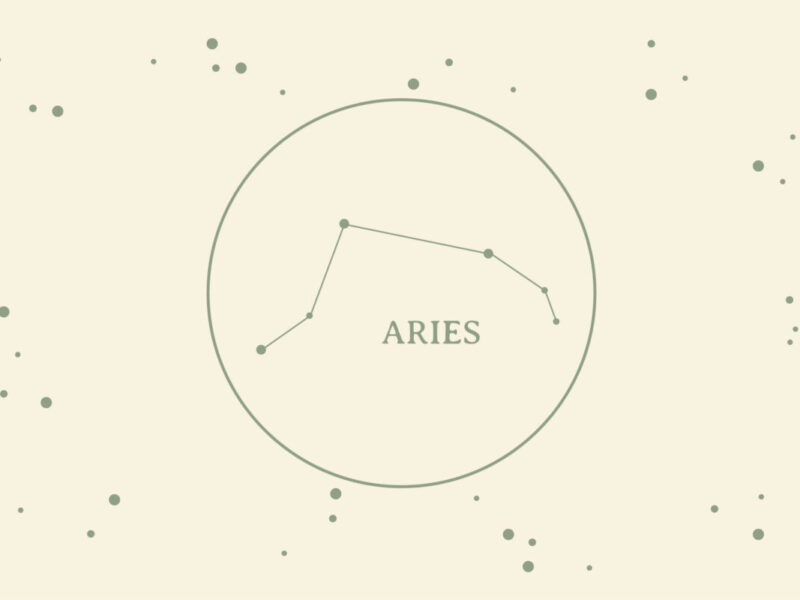Sometimes known as a villanesque, the villanelle is a fixed-verse poem made up of nineteen lines: five lines of three (or a tercet) followed by a four-line stanza (or a quatrain). The first and third lines of the first tercet are repeated alternately at the end of each subsequent stanza until the last stanza, in which both lines are repeated (think 1b2 ab1 ab2 ab1 ab2 ab12). Phew! That’s a lot of rules. So why would anyone choose to use them?
1. They’re musical
The term villanelle comes from the Italian vilannella, which refers to a rustic song or dance. The earliest villanelles were more like country songs than poems, as the fixed poetic form doesn’t appear until the 1600s. The villanelle’s five tercets and repetition give it a ballad-like quality and make it easy to set to a melody. The rhyming and repetition involved are not so different from a chorus, too.
3. They’re easy to remember
Perhaps the most famous villanelle comes from Welsh poet Dylan Thomas. “Do Not Go Gentle Into That Good Night” was written in Florence in 1947, as Thomas’s father was losing his vision. The poem’s heartbreaking theme paired with its repeating lines and rhymes make it difficult to forget. “Do Not Go Gentle Into That Good Night” has become an anthem for tragedy and loss, appearing in major movies and TV shows like Independence Day, Doctor Who, and Interstellar.
3. They have emotional range
Villanelles originally centered around pastoral scenes and many of their themes commemorating life in the countryside. As the fixed villanelle gained popularity, writers used it to tackle all sorts of meanings, from celebration to sadness, and from love to loss.
4. They’re contemporary cool
Contemporary poets have picked up the villanelle and modernized it for today’s audiences. Australian poet Anthony Lawrence gave the villanelle a lovely 2016 incarnation with “My Darling Turns to Poetry at Night” featured in Poetry magazine.
5. They’re playful
Sylvia Plath illustrates unrequited—or failed—love in villanelle form in “Mad Girl’s Love Song.” Toying with themes of neurosis and obsession, Plath wonders whether the relationship was just a figment of her imagination. Speaking directly to her former lover, this villanelle takes on a more abrupt, direct, and tenacious tone.
6. You can make up your meter
The villanelle has no established meter, though most of them use trimeter or tetrameter. It’s not unheard of for some writers to use pentameter, but you can mix it up if you’re feeling brave. Try on different meters and line lengths to see what suits your idea!
7. They sound natural
As a commentary on The Tempest, W.H. Auden created “The Sea and The Mirror.” This series of dramatic monologues are spoken by characters in The Tempest themselves. The innocent Miranda, speaks in a villanelle. Even with consistent rhyme and repetition, Miranda’s lines feel as though she’s speaking directly to the reader, describing her lovesickness and yearning.
8. They can be freeing
English poet Anne Riddler quotes T.S. Eliot, saying “to use a very strict form is a help, because you concentrate on the technical difficulties of mastering the form, and allow the content of the poem a more unconscious and freer release.”
While the villanelle comes with quite a few rules, keep in mind that rules can actually be liberating. So, don’t be afraid to swap out words, reach for your thesaurus, or bend a few rules as you try out a new form.




